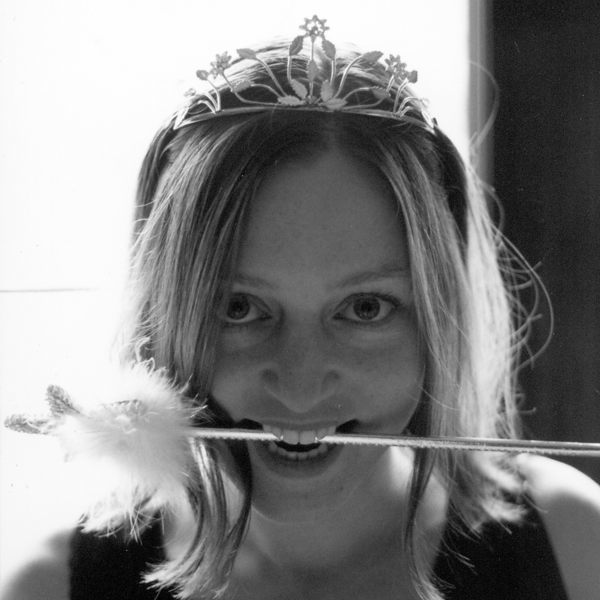Book Review: Fairy Tales from the Brothers Grimm, by Philip Pullman

Fairy Tales from the Brothers Grimm, by Philip Pullman
For fans of fairy tales, the news that Philip Pullman was working on something Grimm-related was pretty exciting. The creator of Lyra Belacqua and Sally Lockhart has shown that he knows a thing or two about spinning new life into seemingly long-gone worlds. And last November, he published Fairy Tales from the Brothers Grimm.
In the introduction, Pullman says bluntly "There is no psychology in a fairy tale." What?! Now calm down, all you Freudians, Jungians, and feminists! He referring to the bare bones structure of the tales. As a writer, he's interested in the allure of the fairy tale as a style: the simplicity of the voice, the cardboard cutout characters, the breakneck speed of a story unhampered by detail. This "tone picked clean" is what we crave, partly because we can add our own imaginations to the tales...and leaves us free to speculate on why all these characters act the way they do.
However, Fairy Tales from the Brothers Grimm isn't a reimagining of these stories. This news may disappoint some folks. Pullman instead gathered fifty of the original 200+ tales and carefully honed them into tidier shapes. In other words, he acts as editor as much as a writer here. Anyone who has read the originals will recognize these versions. The "Three Little Men in the Wood" is a bit funnier than its source. "The Twelve Brothers" is a bit neater. "The Juniper Tree" appears to be almost unchanged, and Pullman merely notes that as a story, it was nearly perfect when it was first included by the Grimms. Including it in the present collection is a "privilege," according to Pullman.
Not all the tales are favorites, though. He offers "The Girl with No Hands" for the reader to judge, even though he himself considers the tale sentimental and silly, and finds (unsurprisingly) that the "tone of never-shaken piety is nauseating". These sometimes tart comments show up in the notes following each tale. How I wish he had expanded on these notes more. Some are only a few lines, and each story could warrant an essay! At the end of "Thousandfurs," Pullman teases us with a potential end to the story that would complete the beginning theme. It promises horror and daring...but the outline is all we get. Boo.
Ultimately, the purpose of this particular collection is a little unclear. It's not comprehensive. It's not necessarily deep, either. A writer could study these tales to understand how the structure and wording can worked to be tight and flat as well, a fairy tale. And the book can certainly be used as an introduction and jumping off point for those who really want to dig into folktales and mythologies. The only real disappointment in this collection is that because it's Pullman, I want to see the juiciest bits of his brain spilling crazy storytelling and worldbuilding out at me. I want mad invention and self-confident pronouncements and gut-wrenching moral twists. In this book, we get....scholarship. Good scholarship, careful scholarship...but still, a step removed from the creativity of his fiction.
If you love fairy tales, it has a place on your shelf. If you love Pullman's tales, read it too, but be aware that it's very different from his other works.
Note: A slightly different version of this review appeared on The Book Rat Blog as part of Fairy Tale Fortnight 2013.
